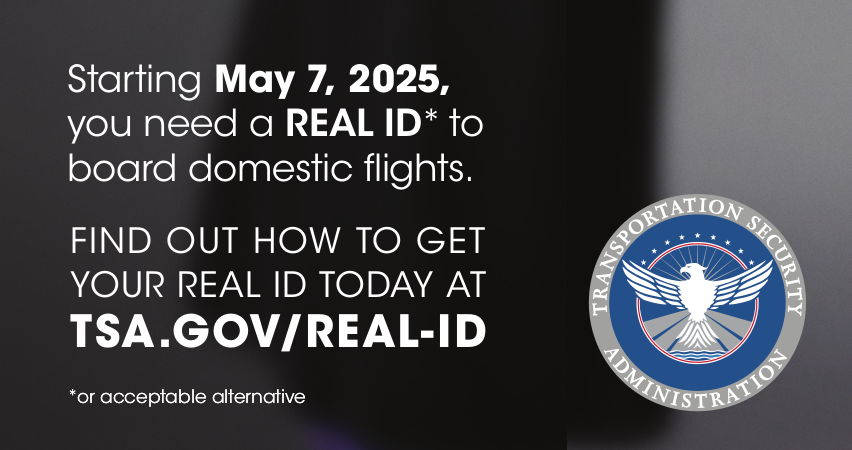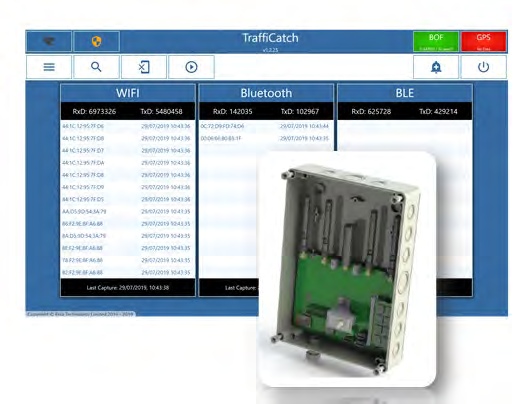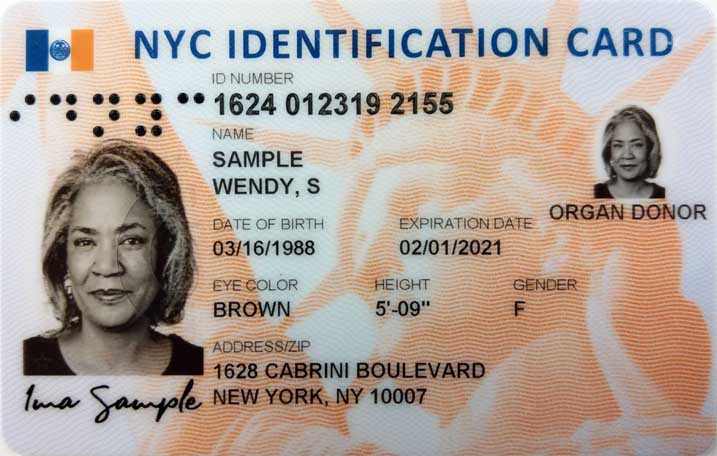“Who Lacks ID in America Today?”
As we discussed in our previous article, the issue in the current stage of the lawsuit challenging a Texas law requiring ID to visit some websites is what standard — “strict scrutiny” or “rational basis” review — courts should use to evaluate the Constitutionality of government-imposed restrictions on the exercise of First Amendment rights.
But legal briefs in the case also address the adverse and discriminatory impact of ID requirements on people without ID, and spotlight some important recent research on how many people in the US don’t have government-issued ID or don’t have ID that would satisfy ID-verification procedures and criteria, including those that include address verification.
A friend-of-the-court brief submitted to the U.S. Supreme Court by the Electronic Frontier Foundation and the Woodhull Freedom Foundation cites an analysis by the Center for Democracy and Civic Engagement at the University of Maryland of the results of a survey of a scientifically-selected national panel conducted in September and October of 2023.
Respondents were asked whether or not they have a driver’s license, whether their ID (if any) has their current name and address, and whether their ID, birth or naturalization certificate, or other evidence of identity and citizenship is kept in a quickly accessible place (rather than a safe deposit box or other off-site location).
The responses to the survey show just how many people can be excluded by ID demands:
Nearly 21 million voting-age U.S. citizens do not have a current (non-expired) driver’s license. Just under 9%, or 20.76 million people, who are U.S. citizens aged 18 or older do not have a non-expired driver’s license. Another 12% (28.6 million) have a non-expired license, but it does not have both their current address and current name….
If driver’s license records are incorporated into address-validation algorithms, someone who gives their current address may be more likely to be turned away by ID-based gatekeepers than an identity thief who can has obtained, and can regurgitate, the out-of-date or incorrect address associated with that ID in government records.
The survey also asked about other forms of government-issued ID including:
- US passport or US passport card
- US Naturalization Certificate
- US Certificate of Citizenship
- Military ID
- Veterans ID
- Student ID
- Tribal ID
- Hunting License
- Gun/firearm permit
Millions of US adults have none of these government-issued credentials:
Just over 1% of adult U.S. citizens do not have any form of government-issued photo identification, which amounts to nearly 2.6 million people.
Unsurprisingly, Black, Hispanic and young adult Americans are less likely to have ID, or to have current addresses on file with government agencies, and are therefore more likely to be discriminated against by ID and address verification requirements:
Black Americans and Hispanic Americans are disproportionately less likely to have a current driver’s license. Over a quarter of Black adult citizens and Hispanic adult citizens do not have a driver’s license with their current name and/or address (28% and 27% respectively)… Eighteen percent of Black adult citizens, 15% of Hispanic adult citizens, and 13% of Asian/Pacific Islander adult citizens do not have a license at all, compared to just 5% of White adult citizens.
Young Americans are least likely to have a driver’s license with their current name and/or address. Younger Americans overall are far less likely to have a driver’s license with their current name and/or address, with 41% of those between the ages of 18-24 and 38% between the ages of 25-29 indicating this…..
Almost half of Black Americans ages 18-29 do not have a driver’s license with their current name and/or address (47%), and 30% do not have a license at all.
The questionnaire and the initial analysis of the responses appear to have been designed primarily to assess the impact of requirement to have and show ID to vote, but they have obvious implications for demands for ID in other contexts, including ID to fly or to travel by other modes of common carrier.
There’s been a lot of attention paid to what percentage of current driver’s licenses are compliant with the REAL-ID Act, for example, but much less attention paid to how many people don’t have any driver’s license or other government-issued ID credentials, or which IDs will satisfy current or proposed ID-verification criteria and procedures.
Our takeaway is that ID requirements are, and will remain, inherently unreliable, discriminatory, and illegitimate. Not everyone has ID, and not everyone’s ID will satisfy verification schemes that rely on inevitably inaccurate databases.


